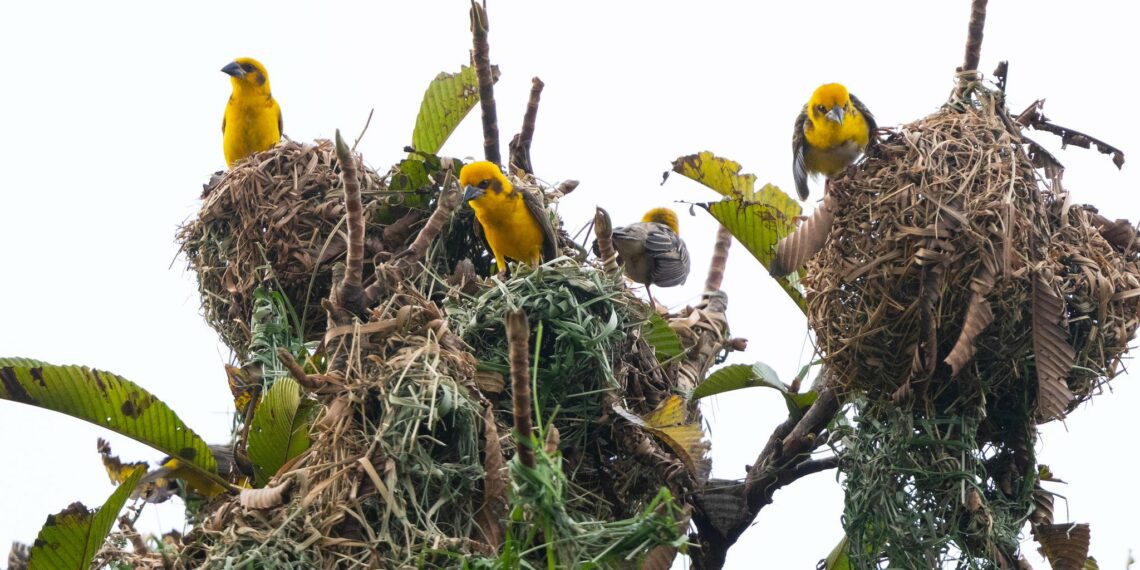Guwahati: Assam‘s Kaziranga National Park and Tiger Reserve has identified an impressive 43 grassland bird species, including nine listed as threatened on the IUCN Red List.
This significant discovery was detailed in the park’s recently released ‘First Grassland Bird Survey Report’, marking the most extensive documentation of grassland-dependent birds in the region to date.
Among the recorded species are one critically endangered, two endangered, and six vulnerable birds, underscoring Kaziranga’s vital role as a habitat for these crucial populations.
The report was officially released recently at a special event in Kaziranga by the Minister of Environment, Forest, and Climate Change, Chandra Mohan Patowary.
Taking to X, Assam Minister Chandra Mohan Patowary said, “Thrilled to share that @kaziranga’s first-ever grassland survey has recorded 43 grassland bird species—including 1 Critically Endangered, 2 Endangered, and 6 Vulnerable species, plus several regional endemics.”
He said, “The Brahmaputra floodplain ecosystem boasts the highest diversity of grassland obligate birds in India, reflecting the habitat’s robust health and effective protection. Our commitment to science-backed management continues strong!”
The report not only highlights the ecological importance of the Brahmaputra floodplains but also reveals the discovery of a breeding colony of the endangered Finn’s Weaver—a major breakthrough in grassland bird research.
Patowary added, “Delighted to share that the endangered Finn’s Weaver (Ploceus megarhynchus), locally known as tukura chorai (তুকুৰা চৰাই), is successfully breeding in @kaziranga.”
“This remarkable bird, A LIFER for birdwatchers! is also a master nest-builder atop trees, is a vital indicator of grassland health. A proud moment for conservation and habitat management !” the minister stated.
Carried out from March 18 to May 25, 2025, the survey spanned the Eastern Assam, Biswanath, and Nagaon Wildlife Divisions. This marks the first dedicated effort to assess grassland birds in Kaziranga’s ecologically sensitive landscape. By combining point count methods with passive acoustic monitoring, the comprehensive survey successfully recorded 43 grassland species.
The survey’s innovative use of passive acoustic recorders proved to be a game-changer. These devices enabled continuous, non-intrusive monitoring, even in challenging terrain, making it possible to detect elusive or shy species that are difficult to observe directly.
ALSO READ: Assam: Genetic analysis of Rhino horn samples begins by sample segregation at Kaziranga
The findings from this method significantly enhance the existing species inventories and provide crucial data essential for long-term conservation planning.















